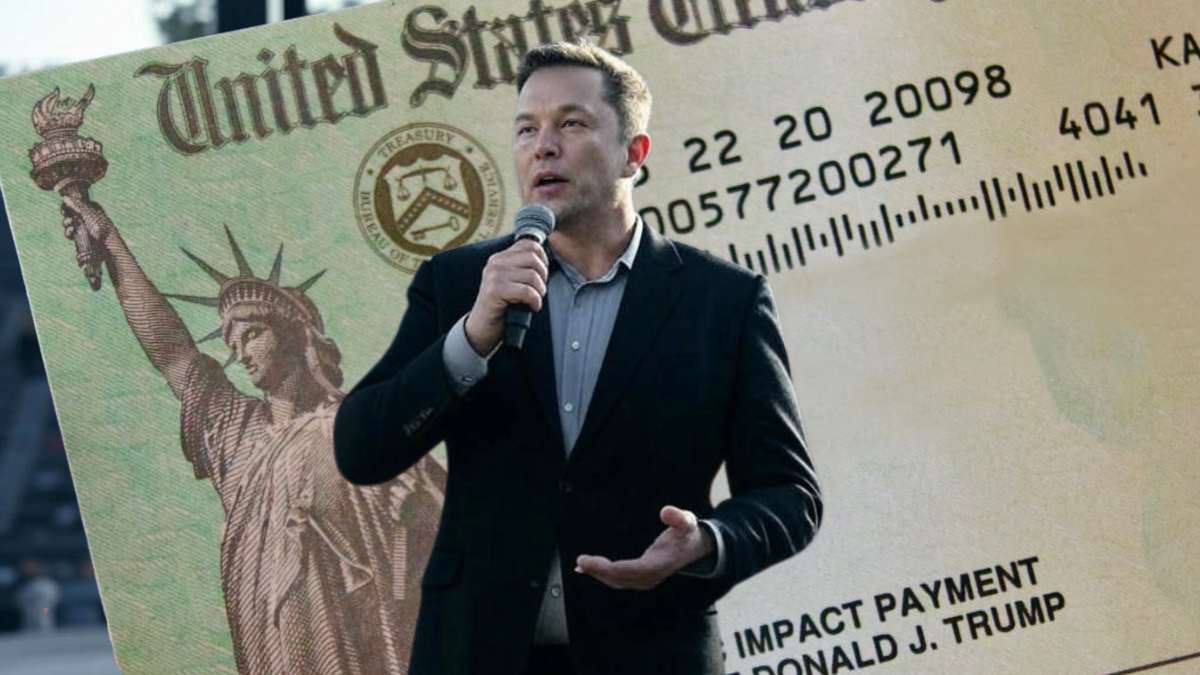Americans are waiting for a possible $5,000 stimulus check that, if it happens, would be issued by the “super department” DOGE. If you are waiting for news of a possible dividend, you should consider Elon Musk’s recent statements, which suggest that the amounts could be lower than initially anticipated. The businessman, who supervises the project, updated the Department of Government Efficiency’s (DOGE) savings figures, significantly reducing previous estimates.
During a Cabinet meeting on April 10, Musk indicated that the department will cut $150 billion from federal spending in the next fiscal year, focusing on eliminating “waste and fraud.” This figure contrasts with his previous statements, where he projected savings of up to $1 trillion by the end of May.
Although the DOGE dividends were proposed to be $5,000, the number has not yet been revealed, but this is what we know about the possible delivery dates of the stimulus checks.
What is the status of the DOGE dividends $5,000 stimulus checks?
So far, there has been no significant progress in issuing a DOGE-linked stimulus check. The process requires a formal proposal in Congress, a step that has not yet been completed. However, key figures involved in the initiative assure that the project is still in development.
In an interview with Chris Cuomo on April 8, James Fishback, one of the promoters of the idea, said: “Yes, I really think it will happen.” Fishback noted that he has held meetings with lawmakers at the Capitol over the past two weeks, garnering, he said, “overwhelmingly positive support.”
Fishback also stated that he has the support of President Donald Trump and Elon Musk, as well as Kevin Hasset, director of the federal government’s National Economic Council. These statements keep the expectation alive, although without concrete progress to date.
DOGE saved less than $1,000 per taxpayer
According to the most recent data, the Department of Government Efficiency has identified $150 billion in savings, equivalent to $931.68 per taxpayer. This calculation is based on an estimated 161 million individual taxpayers at the federal level.
Savings come from multiple sources, including asset sales, cancellation of contracts and grants, fraud reduction, interest savings and staff cuts. The department has emphasized its commitment to transparency, promising to publish full details in compliance with applicable regulations.
As of April 8, 2025, only canceled contracts and grants have been partially disclosed, representing around 30% of total savings. Official information is updated weekly on fpds.gov, although there may be a lag of up to a month in the publication of the data.




